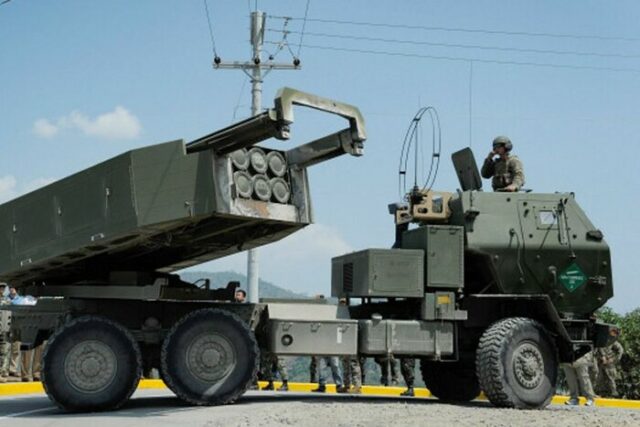Understanding the Effectiveness of American Weapons in Ukraine
As the conflict in Ukraine continues, the effectiveness of American weaponry, particularly advanced systems like Himars, has come under scrutiny. Recent insights from Ukrainian commanders reveal a complicated picture: while these weapons were initially expected to provide a significant edge, their performance has diminished as Russian forces adapt and employ sophisticated countermeasures. For example, a report in The New York Times highlighted how American projectiles like Excalibur and GLSDB face significant challenges on the battlefield, primarily due to Russian electronic warfare.
The Impact of Electronic Warfare on Battlefield Operations
Electronic warfare plays a crucial role in contemporary military conflicts, and it’s reshaping the landscape in Ukraine. According to military analyst Thomas Whitington, Russian forces have effectively deployed systems that create barriers, blocking the GPS signals vital for precision-guided munitions like Excalibur. This disruption underscores a pressing vulnerability: without a reliable GPS signal, American technology struggles to operate effectively.
To illustrate this point further, consider the situation with the Jdam (Joint Direct Attack Munition) and Himars systems, both of which are heavily reliant on GPS for their targeting capabilities. Ukrainian military officials have reported similar difficulties, noting that even slight impediments to satellite signals can drastically affect targeting accuracy.
Addressing the Dependence on GPS Technology
One of the standout features of American weapons systems, such as Himars, is their reliance on continuous GPS access. This dependency presents a double-edged sword; while it enhances precision, it also exposes these systems to vulnerabilities against modern electronic warfare strategies.
To illustrate this, think about a situation where a GPS-guided missile is launched with precision, only to be thwarted by a failing signal due to enemy jamming. The missile could veer off course, leading not just to a missed target, but potentially to unintended collateral damage.
Potential Solutions and Future Directions
So, what can be done to enhance the effectiveness of these systems? Experts suggest a multi-faceted approach:
— **Diversification of Targeting Methods**: Relying solely on GPS can be limiting. Integrating systems that utilize alternative methods for guidance, such as laser targeting or inertial navigation, can improve resilience against jamming.
— **Enhanced Electronic Countermeasures**: Development of advanced technology that can either shield signals from interference or actively disrupt enemy jamming efforts can be crucial.
— **Training and Adaptation**: Continuous training for troops to adapt usage tactics in environments with high electronic warfare activity can foster innovative solutions on the battlefield.
Looking Ahead
As the conflict evolves, so too must military strategies and technologies. Data indicates that nations worldwide are investing heavily in developing counter-electronic warfare capabilities, acknowledging the battlefield realities that come with modern warfare. According to a recent study, over 70% of military planners now consider electronic warfare a primary concern in conflict zones.
This highlights a growing recognition that successful military strategy will hinge not just on the weapons themselves, but on how well they integrate with evolving technologies and tactics in the field. As Ukraine continues to adapt, the lessons learned from these experiences could shape the future of combat and influence military operations around the globe. Keeping an eye on these developments will be crucial for understanding not only the ongoing conflict but the future landscape of warfare itself.






